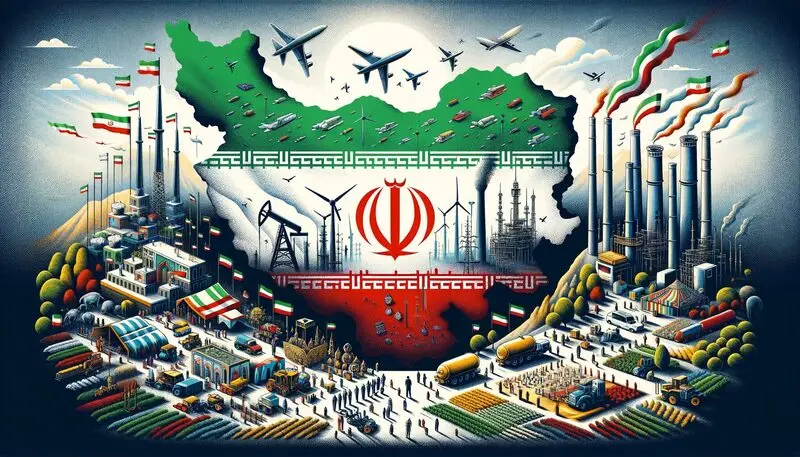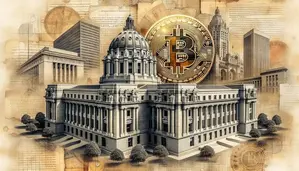Iran’s economy after Raisi continues to struggle with the same issues that plagued it during his presidency. Since his death in May 2024, the nation faces persistent inflation, mounting debt, and also crippling sanctions that limit growth possibilities for Iran’s economy in 2025.
Also Read: Bitcoin Prediction: AI Sets BTC For April 25
Economic Challenges Post-Raisi: Inflation, Debt, Sanctions, and Limited Growth

Inflation and Currency Crisis
Iran’s economy after Raisi shows little improvement in inflation rates, which reached 47% during the previous fiscal year ending March 2024. The rial has lost about 94% of its value since 2018, with exchange rates plummeting from 230,000 rials per dollar when Raisi took office to approximately 650,000 rials by the time of his death. This currency devaluation has, at the time of writing, pretty much devastated purchasing power and heightened economic uncertainty.
Government Debt and Liquidity Issues
Raisi’s death impact on Iran’s economy has done little to reduce the massive government debt accumulated during his tenure. Iran’s economy after Raisi still struggles with debt to the banking system, which increased by 56% year-on-year by March 2025.
President Raisi claimed in April 2024:
“Increased liquidity in Iran is one of the signs of the country’s economic growth.”
Despite this claim, liquidity nearly doubled during his presidency, reaching about 80,000 trillion rials ($123 billion) – over 30% of Iran’s GDP – further fueling inflation and creating long-term economic problems.
Also Read: Ripple: XRP Price Prediction For April End 2025
Oil Exports, Trade Deficits & Economy
Iran’s oil exports post-Raisi remain hampered by international sanctions. The country faced an $18 billion non-oil trade deficit in the last fiscal year – the highest ever recorded and triple the previous year’s amount. Oil revenues stayed below $36 billion, with exports mainly going to Chinese refineries at significant discounts.
Iran’s economy after Raisi faces critical structural challenges that show little sign of improvement in 2025. To be more precise, the International Monetary Fund calculated that Iranian government debt amounts to 30.5% of GDP, equivalent to $118 billion, 2.5 times the government’s annual budget.
The Central Bank reported in April 2024:
“Despite Raisi’s campaign pledge to stop government borrowing, there has been a significant increase in the state’s debt to the banking system. Since Raisi came to power, the government’s debt to the domestic banks has almost doubled.”
Also Read: Alphabet (GOOGL) Or META: Which Stock Is a Better Buy in 2025?
With Iran’s inflation and currency devaluation continuing unabated, economic reforms remain elusive. Iran’s economy in 2025 appears bleak as leadership transitions have not yet translated into meaningful policy changes that could address these entrenched financial problems.






